August 5, 2024
Innovative network pricing models: The example of Norway, Sweden and Slovenia
Energy pricing models are constantly evolving to more accurately reflect consumer costs while facilitating efficient energy procurement and load management on the grid. Dynamic energy pricing models have already been a reality in several markets, concerning the energy part of the bill. Moreover, there is an evolving tendency towards more dynamic and cost-reflective network tariff components, lately. Countries such as Norway, Sweden and Slovenia have adopted such innovative approaches, enabling consumers to influence their costs and promoting more efficient energy usage.
Norway has introduced a multi-component grid rent system comprising a fixed component, an energy component and public taxes. The fixed component is determined by the consumer's highest usage hours from the previous month, incentivising consumers to spread their electricity usage throughout the day. The energy component fluctuates based on the time of day and season, promoting off-peak usage. Additionally, public taxes also form a significant part of the grid rent, making costs transparent.
Sweden has aligned transmission fees with the spot price of electricity. Starting in 2024, for the DSO C4 Elnät, the transmission fee will partially depend on the hourly spot price, making part of the cost variable. This model includes both fixed and variable components, determined by a formula that considers both energy consumption and the spot price. This incentivises consumers to use electricity during off-peak hours, facilitating load balancing on the grid.
Slovenia will introduce a new tariff system on October 1, 2024, based on 15-minute intervals and seasonal variations. This system incorporates the concept of agreed and excess power, allowing consumers to set an agreed billing power based on historical consumption. If the usage surpasses this amount, excess charges will apply. This encourages effective energy management to avoid additional costs and promotes shifting usage to less busy times.
These dynamic models for network electricity charges highlight a growing trend towards more flexible and consumer-responsive pricing structures, aiming to create a more efficient and sustainable energy system. As these changes take effect, they are likely to influence broader trends in electricity pricing and consumption globally.
Author:
Anastasia Zafeiriou,
Energy Market Analyst
Sources:
[1]Elvia: “Nettleiepriser for privatkunder | Elvia”, 12.01.2024
[2]C4energi: “Prisjusteringar och prismodell 2024”
[3]Uradni: “Vsebina Uradnega lista | Uradni list “, 24.11.2023
[4]Eles: “Nov obračun omrežnine”, 2024
